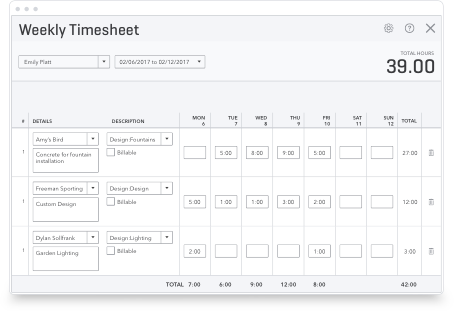Automatic vs. Manual Scheduling
Scheduling shift work manually can be time-consuming and complex. Things like bereavement leave, illness and other unexpected absences often require last-minute changes to shift schedules which can be tricky to keep on top of if you’re organizing shifts manually, especially if you’re doing it by hand. Using a spreadsheet can go some way to making the task easier, but there’s still plenty of room for error and you may find yourself unexpectedly short-staffed or unprepared for a rush period.
Many businesses have turned to automated scheduling to help them with this process. Using employee job scheduling software makes the task so much easier. With automated scheduling, employees can focus on doing their best work instead of worrying about their schedules, while managers can keep track of who is working when.
Scheduling software is the perfect scheduling solution as it lets you streamline this planning process to create schedules with drag and drop employee schedules, provides use of an employee time clock system and sends notifications of updates when shift swapping quickly and easily. There are just a few of the scheduling tools and comprehensive features at your fingertips when using quality time tracking apps for businesses.



